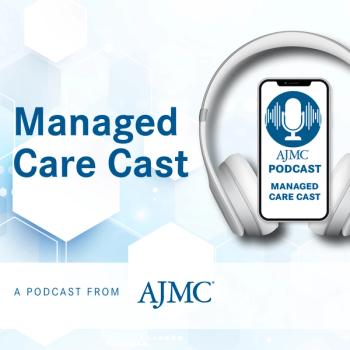
How AI Is Transforming Drug Development: Jo Varshney, PhD, DVM
Jo Varshney, PhD, DVM, discusses how artificial intelligence–powered simulations speed drug approvals and reduce clinical trial risk.
As FDA staffing shortages and regulatory hurdles slow drug approvals, Jo Varshney, PhD, DVM, CEO and founder of VeriSIM Life, reveals how cutting-edge artificial intelligence (AI) technologies are streamlining clinical development, optimizing resources, and helping life sciences teams bring safer, more effective therapies to patients faster than ever before.
This transcript was lightly edited; captions were auto-generated.
Transcript
With FDA staffing shortages and funding cuts potentially slowing drug approvals, how can AI help life sciences teams stay on track?
That's a tough question for all of us in the biotech industry, since FDA delays and resource constraints are not helpful for any innovation to speed up, given we need the regulatory agency to be at full speed at reviewing several programs, and also the cost of idle capital is too high, which means if we are just waiting for the program to be reviewed, then we are really burning cash with no real outcomes.
In all these scenarios, I think this is a great example of where artificial intelligence can truly help life sciences organize better and observe such constraints by accelerating internal decision-making, optimizing the use of scarce resources, and reducing downstream surprises.
If we have to kind of unpack these 3 kinds of aspects that I mentioned, the way artificial intelligence can do it in a cost-efficient and also time-efficient manner is prioritization and triage. Most programs have several different molecules that are promising, and AI, when used correctly, can help prioritize which of these programs are worth pursuing further, which are worth pausing, and which ones have the highest chance of winning, and often they're not all in the same pocket. This is where AI can help you, help programs understand lower-risk, higher-value projects, and kind of create that capital efficiency that's needed in this environment.
The other aspect is mostly towards low-value regulatory work, and what that really means is automating paperwork and documentation. As you are aware, there's a lot of documentation required that becomes a part of the submission towards the FDA, and there are several guidelines, and this is where our AI NLP [natural language processing] tools can be really helpful to automate some of that paperwork. That also can reduce the time and the burden for those companies that have to do the submissions and also enable the agency to review this documentation in a more time-efficient manner. Those are the ways I believe AI can truly be helpful in these current times.
Newsletter
Stay ahead of policy, cost, and value—subscribe to AJMC for expert insights at the intersection of clinical care and health economics.













































